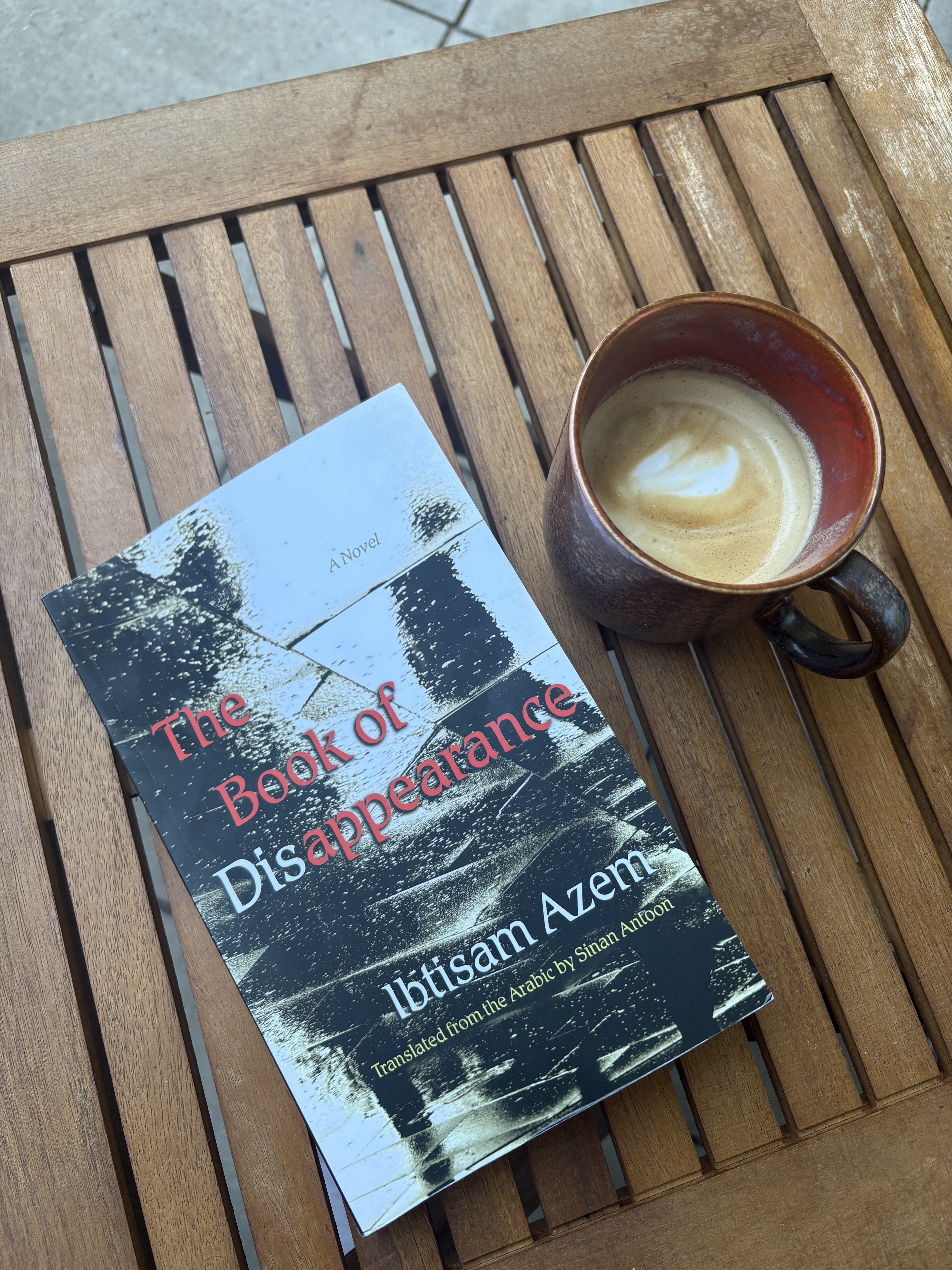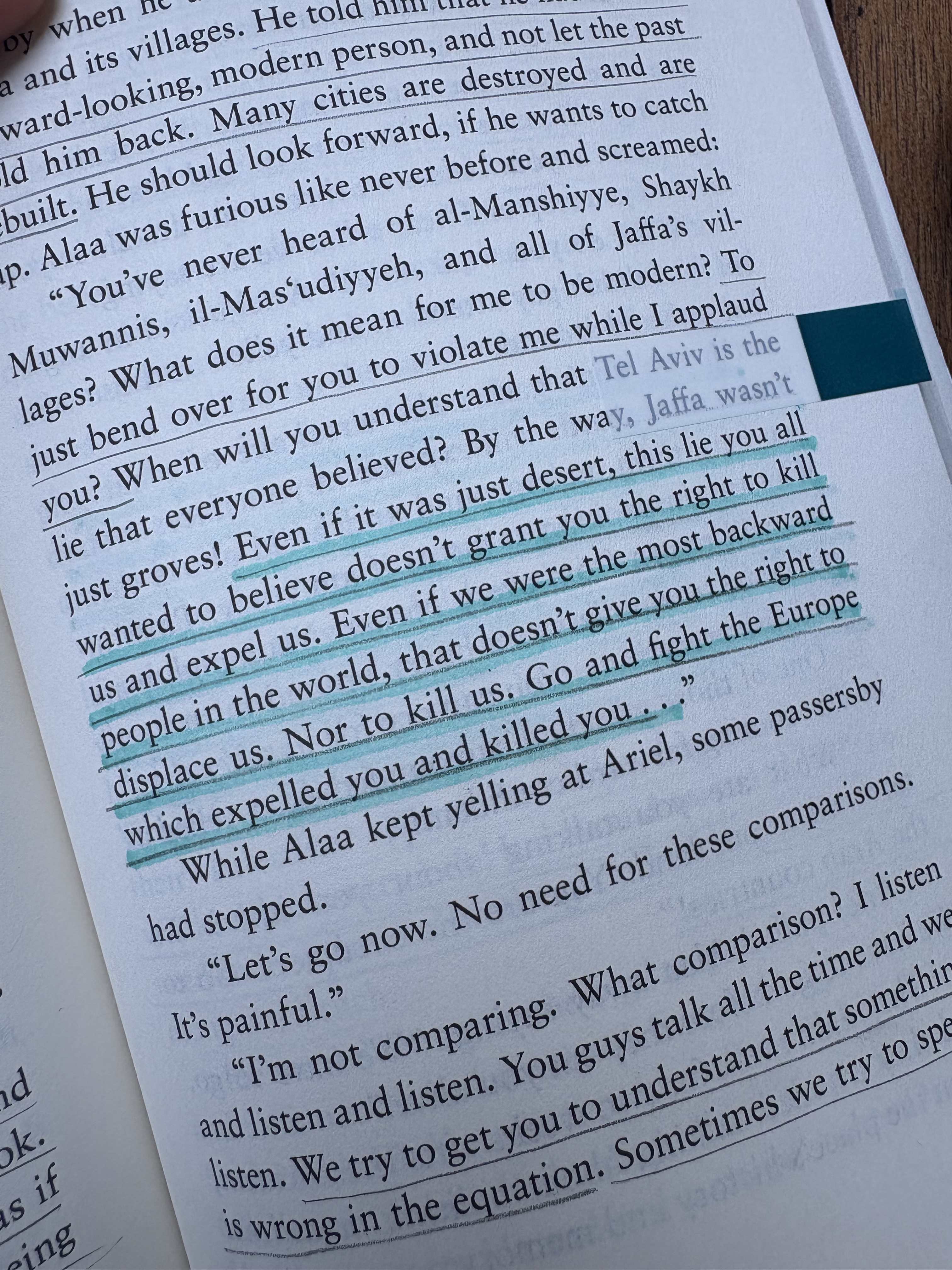
Sat, Aug 09, 2025
The Book of Disappearance
What would happen if all Palestinians disappear over night?
Palestine Without Its People — An Unsettling Vision
The Book of Disappearance begins with a haunting premise: what would happen if, overnight, all Palestinians simply vanished? The story unfolds through two alternating narrators—Alaa, a Palestinian grieving the death of his grandmother, and Ariel, a liberal Zionist who is also a journalist reporting on the case of the disappearance.
Alaa writes in his diary as if addressing his late grandmother, and through his reflections, we discover her deep love for Jaffa and for Palestine. Her memories become a window into the lived history of thousands of Palestinians who survived the Nakba.

Through the character of Ariel, the author presents the Israeli perspective. Ariel knew Alaa—his neighbor—and, after the disappearance, comes into possession of Alaa’s notebook. Though he reads it, he never truly sees beyond his own convictions. He cannot humanize Alaa; he fails to grasp his pain and the multigenerational trauma born of losing his homeland. “What was here before except orange groves and villages?” Ariel asks—a familiar Zionist claim that frames Palestine as empty or undeveloped, erasing centuries of Palestinian history, traditions, and customs passed down through generations, and denying the deep connection its people have to the land. Although critical of settlers, Ariel still refuses to acknowledge Alaa’s lived reality as a Palestinian. He insists on looking to the future, yet paradoxically has no difficulty reflecting on the historical suffering of the Jewish people, which he sees as essential to his Israeli identity. In the end, Ariel reenacts the very pattern he believes himself above: he settles into Alaa’s apartment, makes himself comfortable, and plans to change the lock—quietly taking what was never his.

Though the novel is not long, it carries immense emotional and historical weight. The author tenderly and powerfully illustrates both the everyday and generational struggles of Palestinians. She speaks of fractured and displaced families after the Nakba, children orphaned, homes seized, histories erased through the renaming of streets, as well as the daily realities of checkpoints, midnight raids, and the detention of children.
One of the most striking elements of the novel is Alaa’s experience of being taught in school a version of history that erases his very existence. His true history came not from textbooks, but from his grandmother. Now, those elders—those who knew Palestine before 1948—are slowly passing away.
I believe it is our collective responsibility, as human beings, to ensure their stories are not forgotten. We must learn their history, make space for Palestinians to tell us what they’ve lived through, and be their voices when they are silenced.